|
Unless you've already been to the Alfred Munnings show at the National Army Museum because it finishes on the 3rd March. So you might get there if your quick. My father is obsessed with military history and in fact has a his own website celebrating this called British Battles. Occasionally his interest in military matters and mine in art coincide as they did on this occasion, so I summoned him up to London, and along we went. It was in fact rather good. Munnings' thing is horses. He is really really good at horses. So his career as a war artists focuses very strongly on these creatures. He has an impressionistic style with a muted pallet, that reminds me of camouflage as you can see from the picture above of a cavalry brigade pausing by a stream. He has this very effective way of highlighting parts of the horse using green paint. Most of the paintings on display feature horses. One of Munnings' common tricks is to have at least one of the horses looking out at you, which puts you exactly in the place of the artist and you can imagine yourself sitting there in France, in 1918 (which is when most of the paintings were done) with these war horses peering curiously at you. All different hues of horses but also different breeds with these much bigger, denser animals pulling artillery and supplies. He is much less effective when his pictures are just landscapes, or only have people in them. Some of the paintings are more intimate. For example there are two pictures next to each other, one is the sketch you see above of a trooper with his horse and next to it and oil painting of the same subject. The label says it is unfinished but It could easily be taken as not being so. The whole thing is quite impressionistic with a the face of the anonymous soldier, the only thing in focus. Its quite effective. Munnings can get the shape and character of a horse exactly right. He can get the gate as well so horses moving, look like they are moving, like in the picture above with a Canadian Calvary regiment on the move. Each horse is rendered if anything as more of an individual than the people, but if you are interested in your military kit you can pick it all out on the horse. Munnings also does that classic impressionist trick which you can see in the first picture in the blog. The horses in the foreground are done in fine detail but the further you move back the less detail they are in. This helps give you a sense of perspective but also your brain tricks you into seeing detail all the way back and the background blobs as horses. Artistically then Munnings is accomplished and interesting but one of the problems I had is that his work is often is a bit pro-war, the celebration of the glory of war, in stark contrast for example the work at the Aftermath show last year, or Magical Realism. There are no bodies, the closest you get is ruined landscape for example with this regal General (whose name I forget) astride his horse (above left) or this heroic cavalry charge (above right). They are good paintings, but they are very establishment. This is perhaps not surprising though given that Munnings had been hired by the establishment to produce these paintings. I also learnt something. Have you heard of the Canadian Forestry Division? No neither have I. They were basically lumberjacks who came over from Canada and with the help of co-opted POWs, chopped down forests in Britain and France (mainly France) to provide lumber for the war. This apparently freed up much space on transport ships, making a substantial contribution to the war effort. Anyway Munnings was hired by this division. There a number of interesting paintings of the paintings of the forestry division in action (like the above left). The best of them have horses in them, hefty creatures pulling lumps of lumber.
My favourite picture though is just of a lonely horse (above right). You get a real sense of the creature. It was a very interesting show and I enjoyed it. You might have done too, but its probably too late.
0 Comments
Leave a Reply. |
Archives
June 2024
Categories |
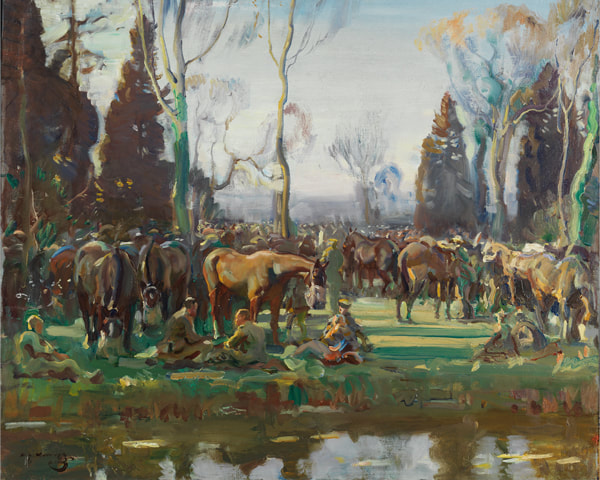
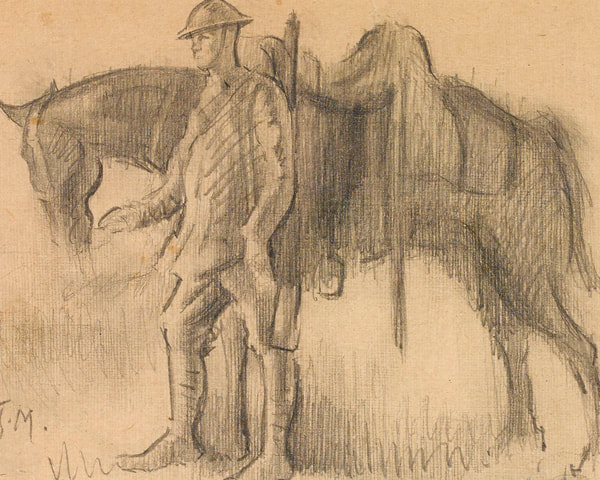
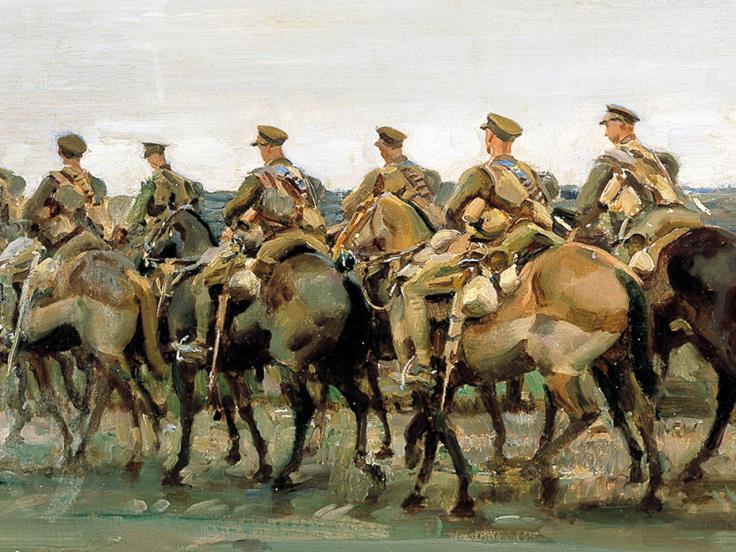
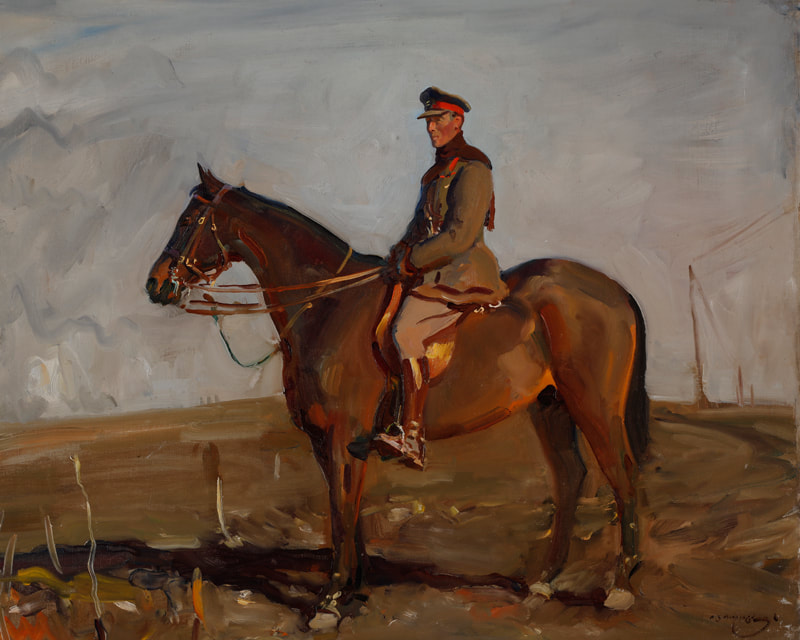
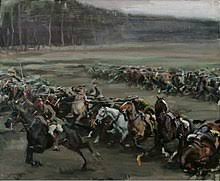
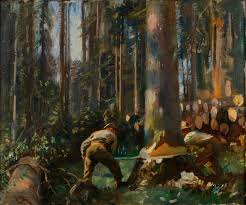
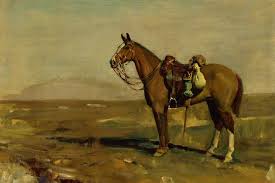
 RSS Feed
RSS Feed